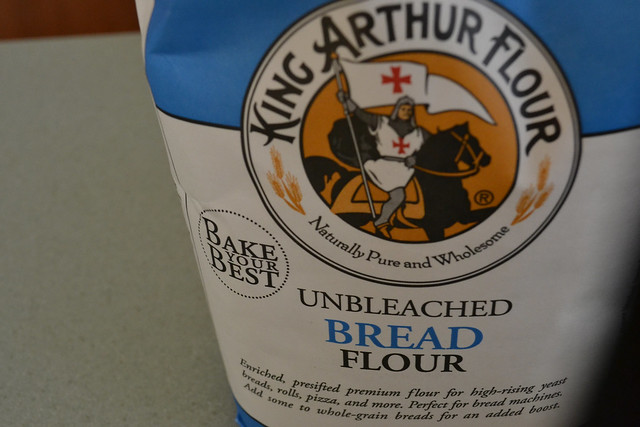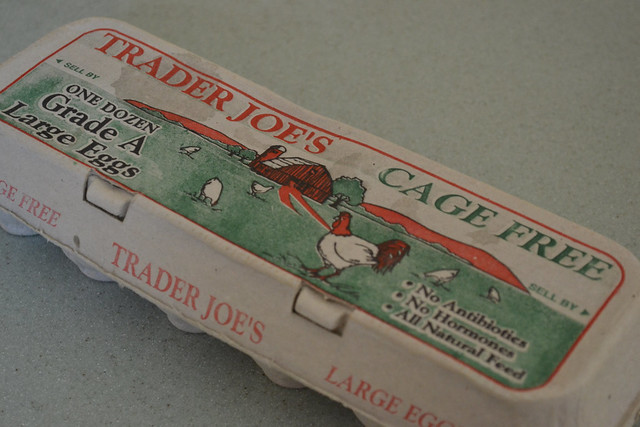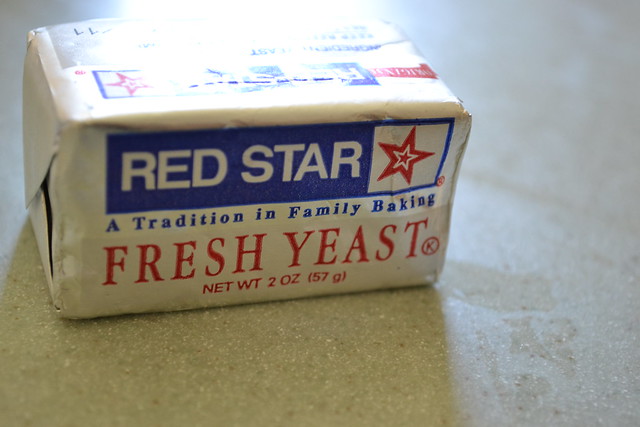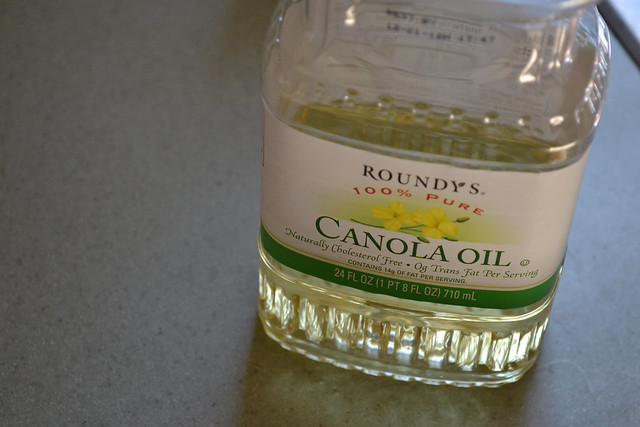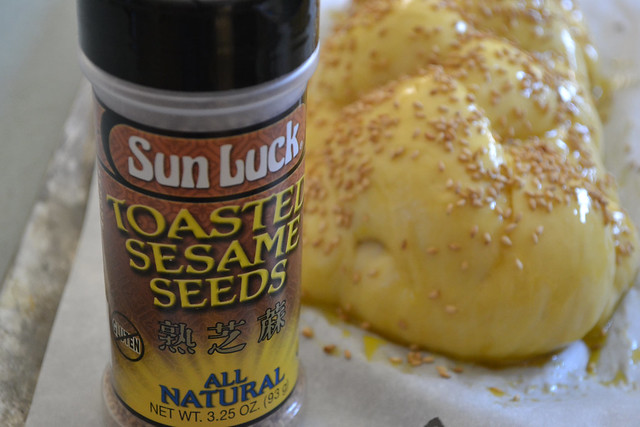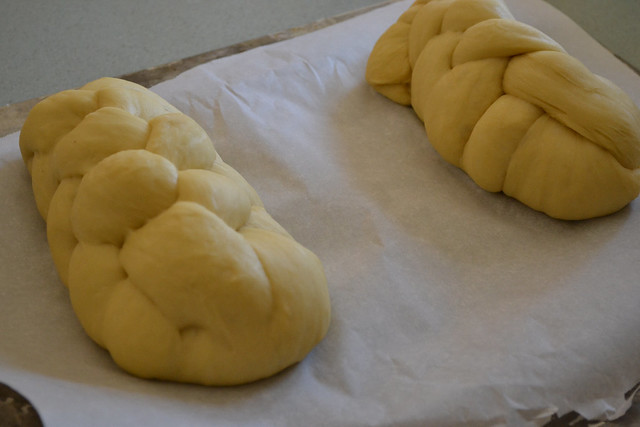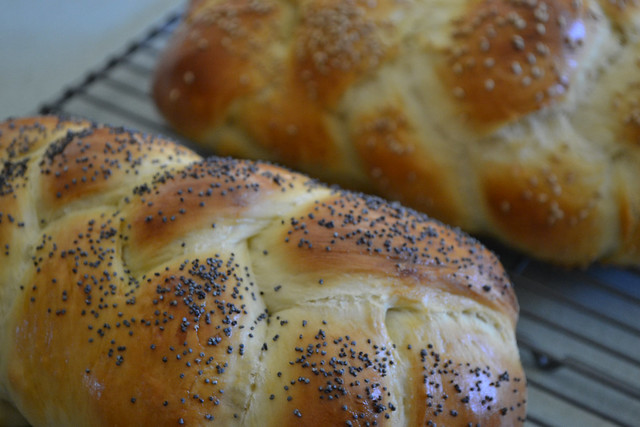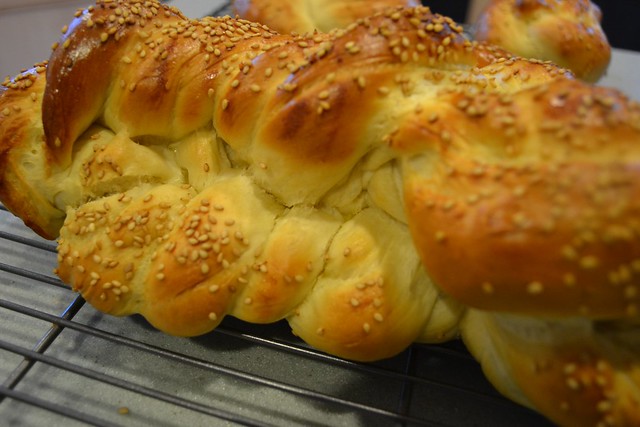 =
=Less is more. We try to buy processed foods with the fewest number of ingredients. While that Strawberry Cheesecake Low-Cal Ice cream might taste awesome, plain old (full fat) Strawberry feels better to us since the ingredients are REAL.
NO Corn Syrup. Corn syrup is terrible, and we really try to avoid it.
Garden and Garden Stand Produce. We buy what's in season if our own backyard garden doesn't provide it.
Cage-Free and Vegetarian Fed Eggs. The Hazz is a vegetarian, and we feel better about this... even though cage-free isn't free-range. We're getting there.
Organic Milk and some Organic Poultry/Meat. There is so research that it's better for women in reproductive years (and really all the time) that organic is better. I don't really have a good reason for doing this and haven't really done the research myself. It was just a "try it if you want" suggestion from my doctor.
Whole Food. No, not Whole Foods, though we like them a lot. Whole food. At Passover, our cart doesn't look all that different from the rest of the year. We buy vegetables and fruit. We enjoy cooking and baking together, and try to eat real food in the process.
Right now, we're a balance between organic for ethnical/environmental reasons and organic for health reasons. A great resource for produce is the Dirty Dozen List, which lists which foods are lowest in pesticides (or lowest in consumable pesticides due to a thick skin or rind that we don't eat).
Okay, so what does this have to do with Challah? To some extent, I strongly believe that using better ingredients makes a better challah. Sometimes, a nearly unaffordable challah, though, so it definitely has to be a balance between what one can afford and buying some better ingredients.
Buying Unbleached Flour is, in my opinion, your first step toward better challah. All of my challah can be made with All-Purpose Flour, but buying unbleached makes a difference. Bleached flour may get that beautiful white crumb, but it's bleached by chemicals. And, really, I think it makes a taste difference. (Most Bread Flours ARE unbleached, so if you choose Bread Flour, you're in the clear). Other steps toward better challah are better yeast, local honey (we got some at the State Fair last week!), and purer oils.
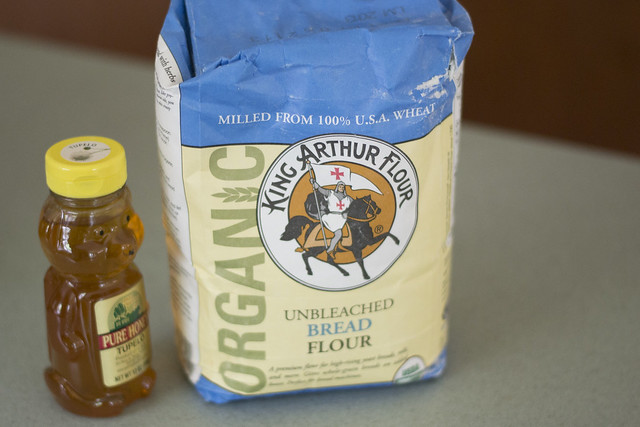
Will I buy it again? I'm not sure. It certainly makes me feel proud to have made an organic challah this week, however, I don't know if my pocketbook can afford it. I will probably continue to buy one bag of organic with the other four bags, the next time I place an order.


PSST: Something really exciting is coming up on Sunday! It's rhymes with Shmive-Away, and I can't wait to share it with you!!!! Stay tuned :)


